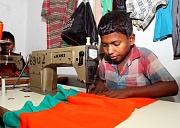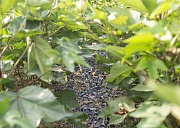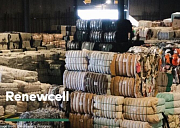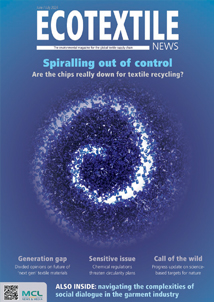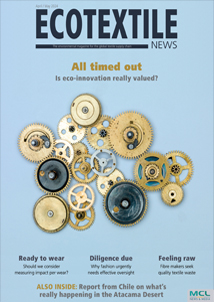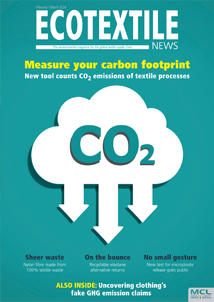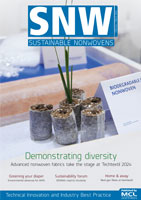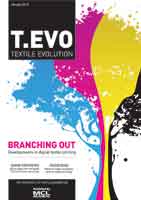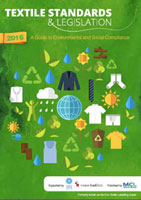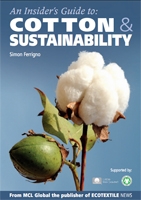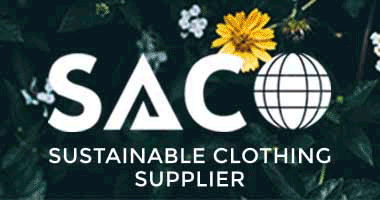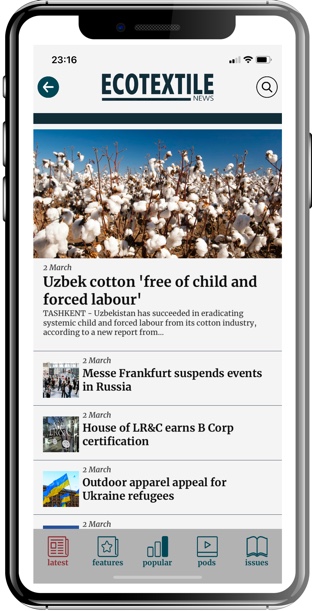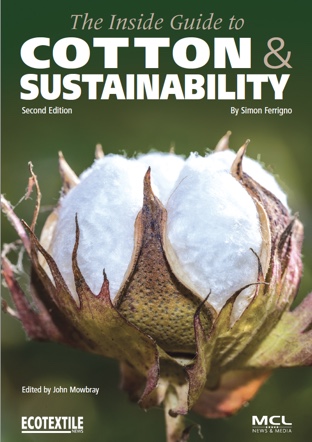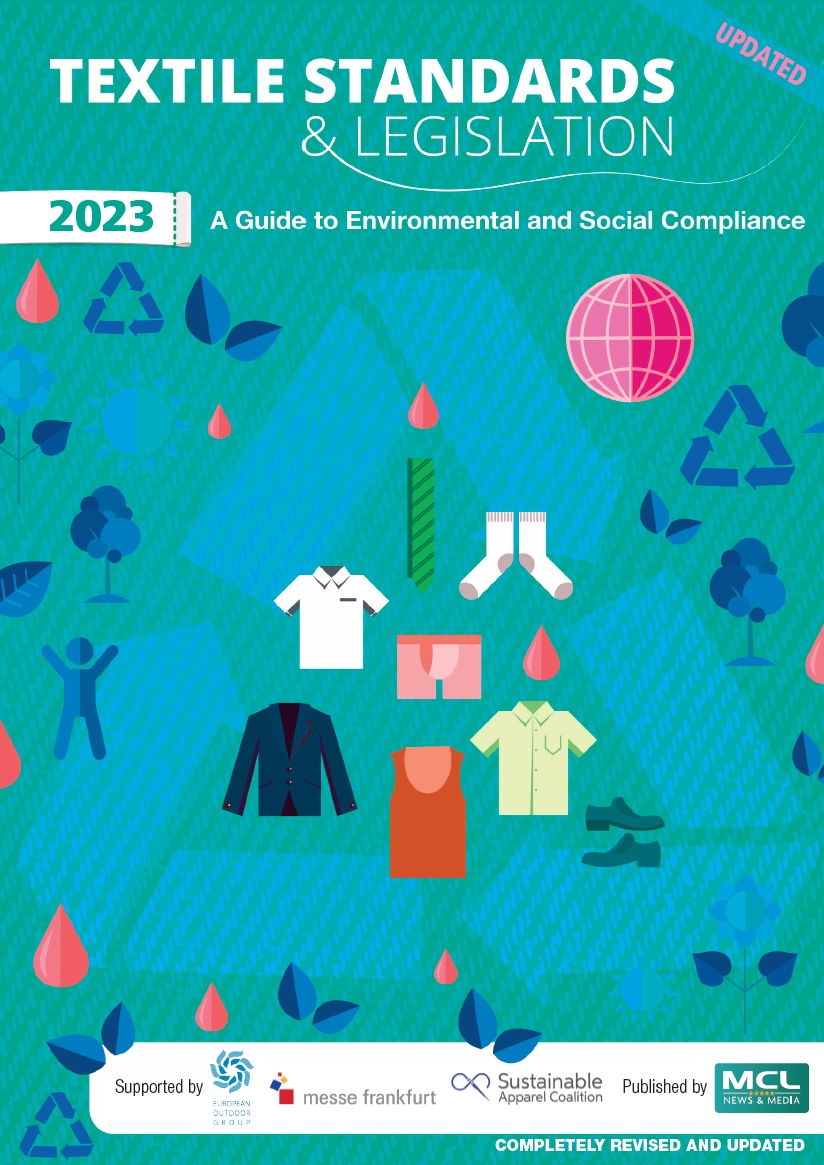Some might use the term ‘multi-functional’, others prefer ‘convertible’ or 'adaptable’. The semantics may vary but, conceptually speaking, modular fashion translates into a garment, shoe or accessory that changes shape or form for different purposes.
A modular garment is one that can be disassembled into different parts, or modules, and reassembled at the wearer’s will. This is generally achieved through a variety of fastenings, from buttons and zips to press studs and Velcro.
These fasteners are used to attach or detach optional extras such as collars, hoods and pockets to transform one kind of a garment to another, such as a pair of trousers which can become shorts thanks to detachable leg bottoms.
And then there’s the more flexible version— geometric modularity in which a product can be folded into a different size or shape. Award-winning startup Petit Pli deploys the principles of origami to create garments that can expand or contract to accommodate different body sizes.
As a recurring theme of exploration for fashion design students for several years, modular fashion is hardly a new concept. However, it is now moving from the conceptual to the commercial realm.
Trend forecasting company WGSN described modular design thinking as the ‘clip on, clip off trend' in its report, entitled 'Five Key trends for 2021 and beyond: Fashion'.
“This trend is heralding new ways of buying and building value into items, sometimes simply updating or refreshing them, at other times enabling garments or items to traverse seasons or to provide functionality,” it says.
Startups and high-end designers are the main adopters of this category of fashion, but more mainstream brands are also now beginning to experiment with product versatility.
Italian shoe startup ACBC retails ‘zip shoes’ that let the wearer mix and match the sole with different uppers or skins. One of the most popular items retailed by London-based knitwear label House of Sunny is a sweater with detachable sleeves.
Already active in this arena with products like a cape that converts into a cross-body bag, H&M brand COS launched a multi-functional capsule collection in early 2020. It included a jacket with adjustable length, trouser pockets that converted into a clutch and a three-in-one garment that could function as a shirt, skirt or dress. These were available online and at physical stores in seven markets, primarily in Asia.
This year has seen more examples. Winter clothing brand, Canada Goose, in collaboration with designer Angel Chen, launched a capsule collection featuring parkas that can be worn upside down or cropped. H&M’s recent collaboration with soccer player Héctor Bellerín also featured modular design — zip-off cargo trousers that can turn into shorts.
Customer onboarding
Aligned with the ‘buy less, buy better, make it last’ proposition, modular fashion ticks the boxes of sustainable consumption, while a product serving multiple purposes should also appeal to the value-conscious customer.
However, whether modularity drives a shopper’s buying decision is broadly unknown and fashion-specific research isn’t yet available.
Karin Gustafsson, design director at COS shared feedback on their 2020 capsule: “We were pleased with the customers’ reaction to the collection and heard some great anecdotes about customers discovering these features in the fitting rooms,” she said.
In terms of consumption, modular fashion is similar to modular furniture. That’s because the user is given more agency to engage with the product in creative and exciting ways based on their mood, occasion, season or taste. On the flip side, the customer might resist the cognitive effort required if the fashion item is perceived as confusing and complex, requiring too much thought.
Hence, product marketing is key, whether on the shop floor or in the e-store, according to Liza Amlani, principal and founder of the Retail Strategy Group
“Customers absolutely want modular and convertible products. But sales teams need to help educate the customer on how to style and wear the garment,” she explains.
“There also needs to be the right marketing involved such as a hang-tag that explains how the modular garment or footwear works. If these factors are missing, such products will not sell.”
In addition, virtual tools such as try-on technology can help speed understanding and acceptance of new dressing systems.
Compared to other new models such as rental, Brendon Rowen, circular economy and cradle to cradle design consultant suggests that modularity will not find an easy route to market.
“Customers are not going to change behaviour or adapt to modularity, unless it either saves them money or makes life easier, like the zip or Velcro or press studs,” he says.





















